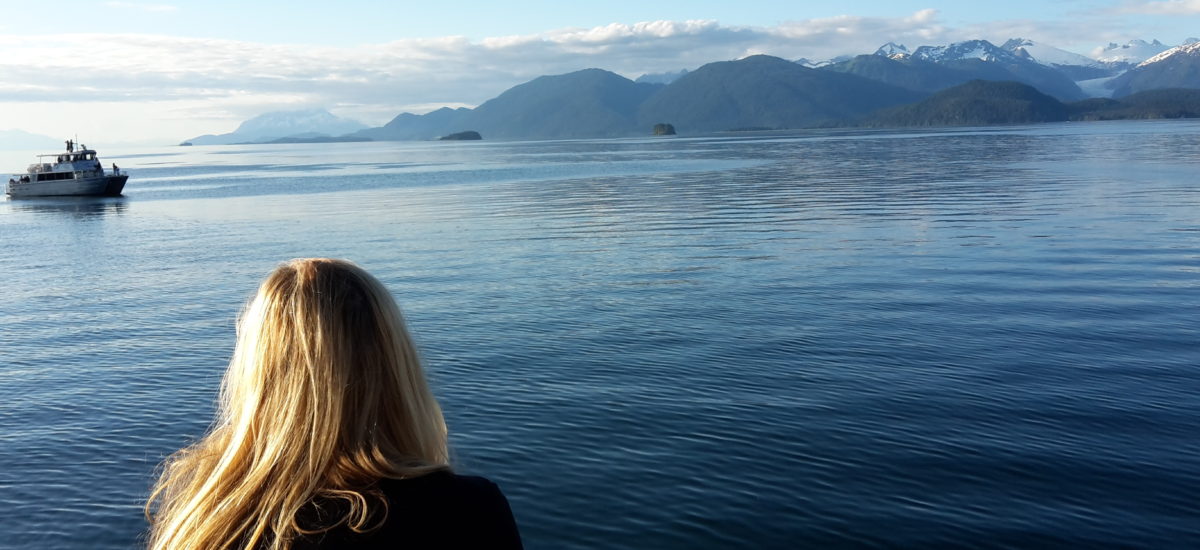People who know that I worked in Washington, DC for many years have asked me, “Why write a book about Buffalo? Why not write about some of the things you must have witnessed—the political intrigue, scandals, or behind-the scenes shenanigans—in our Capital City?”
My answer to that is always the same: I don’t find that stuff interesting.
The truth is, I find Buffalo, and the people of Buffalo, fascinating. Why? Because it’s real. It’s the kind of town where families put down roots and stay for generations, where they know their neighbors as well as they know their own families.

It is the kind of city that produces people who are tough and resilient. Buffalonians know how to bounce back from heartbreaking losses (Scott Norwood’s missed field goal in Superbowl XXV, anyone?) and economic ups and downs. They know how to deal quickly and efficiently with the kind of snow that would make a Washingtonian crawl back under the covers and weep. They are also unfailingly kind and generous people who are ready to step up and support a friend, a neighbor, even a stranger, in time of need.
I am proud to have been born and raised in Buffalo. And I am proud to call myself a West Sider. So my new novel, Virgin Snow, is my love letter, of sorts, to a place and a people I love.

With the perspective of watching Buffalo’s evolution for many decades, I wanted to begin a narrative that would trace the city’s arc from the time it saw its first warning signs of a collapsing economy to its darkest days when the city lost half its population, to its eventual rebirth and revitalization. With any luck, Virgin Snow is the first in a trilogy that follows that evolution full circle.
Yes, the book is intense in places, and it looks unblinkingly at some of the mistakes we’ve made here in the past. But if you love something, you love it warts and all. You take the good with the bad, the ups with the downs, the prettiness with the grittiness. That’s how I feel about Buffalo, and that’s the kind of book I wanted to write.
How do you feel about Buffalo? Do you live in Buffalo now? Are you part of the great Buffalo diaspora who moved during the late ‘70s and ‘80s? Or, are you a returnee who has recently come back home? I love hearing your stories, so please leave me your comments, below.

Moxie Gardiner is a writer, gardener, and traveler who grew up on the West Side of Buffalo, NY. In a previous life she was a journalist, magazine editor, speech writer, and policy wonk. Back in the day she made three solo parachute jumps, flew in an F-15 fighter jet, and crawled through mud pits at the Jungle Operations Training Course in Panama. She now meditates, grows tomatoes, and practices yoga. Virgin Snow is her first novel.





































































